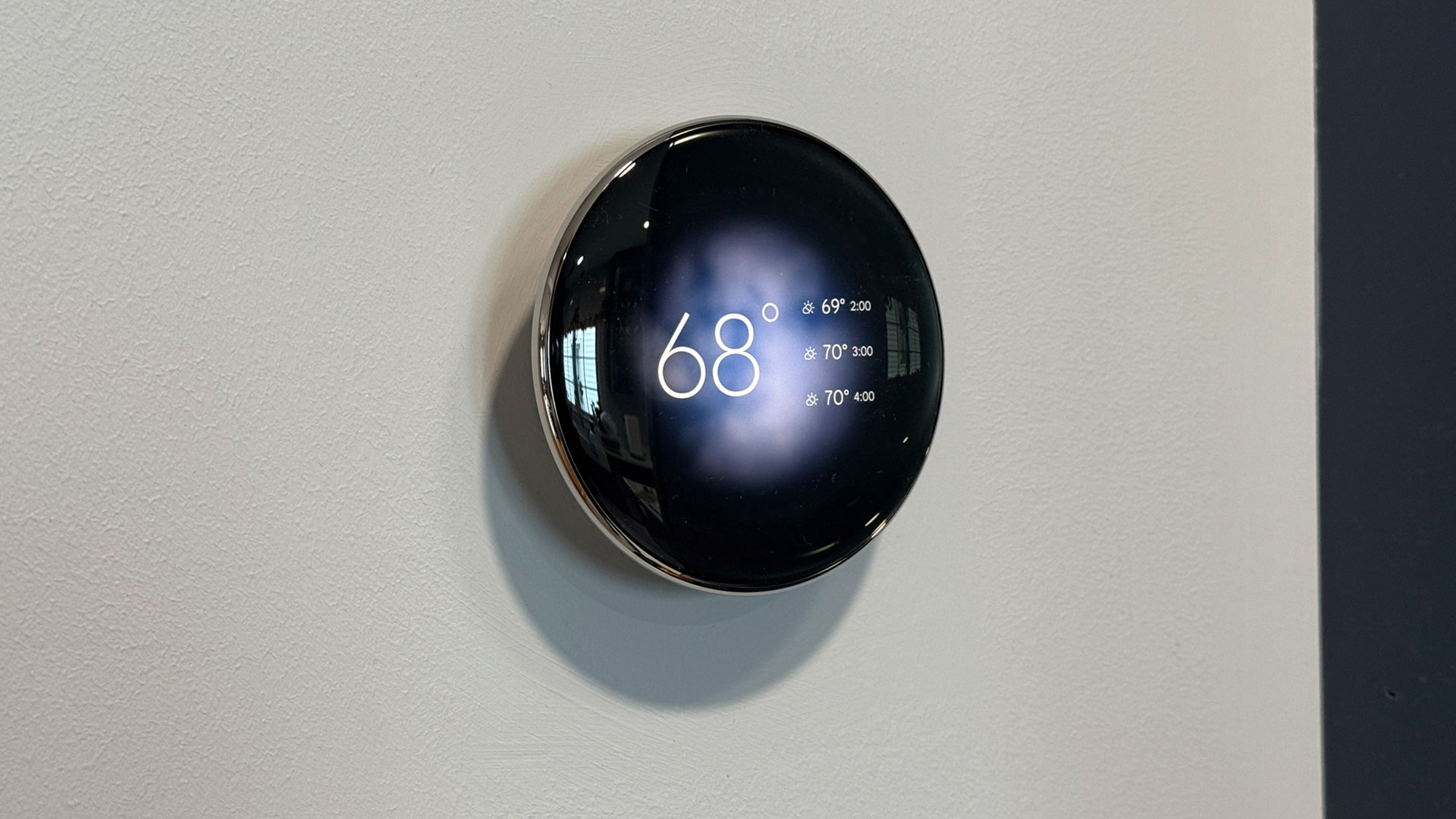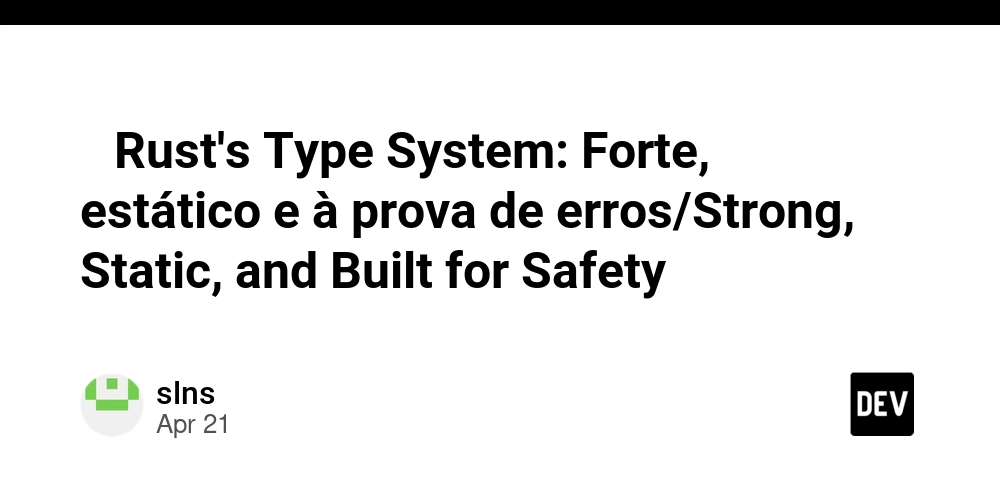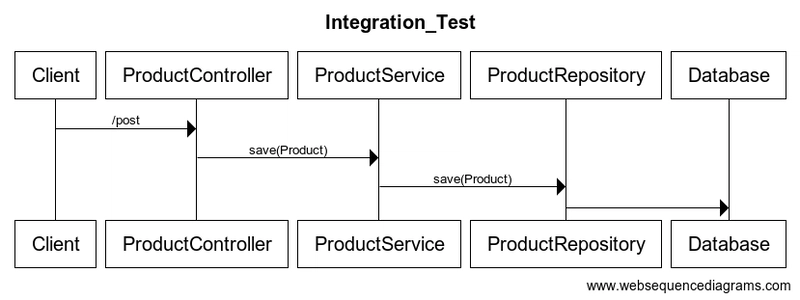AI Code Reviews vs. Traditional Code Reviews
AI code reviews are starting to transform one of the most important processes in software development. You’ve probably spent countless hours making sure your team’s code quality is top-notch. And still, code reviews, one of the slowest and most crucial processes, haven’t changed much over the years. You submit a pull request (PR), wait for a reviewer, get some feedback, and iterate. Repeat. It’s a process that has its ups and downs, but it’s been such a key part of the dev flow that it feels almost impossible to replace. Now, AI is stepping in. But the question is: should we be excited, or is it just another buzzword that promises more than it delivers? I’ve spent a lot of time digging into the real impact of AI code reviews, so now let’s take a close look at how AI-assisted reviews stack up against the traditional human-led process. Traditional Code Review: Slow, but Reliable Before we dive into AI, let’s first break down how traditional code reviews work. When a developer finishes a task, whether it’s a new feature, a bug fix, or a refactor, they send the code for review, usually by opening a pull request. And then the waiting begins. A reviewer, usually a teammate or a more senior engineer, looks over the changes, gives feedback, and points out bugs, logic errors, or style issues. This process has some pretty clear upsides:

AI code reviews are starting to transform one of the most important processes in software development.
You’ve probably spent countless hours making sure your team’s code quality is top-notch. And still, code reviews, one of the slowest and most crucial processes, haven’t changed much over the years.
You submit a pull request (PR), wait for a reviewer, get some feedback, and iterate. Repeat. It’s a process that has its ups and downs, but it’s been such a key part of the dev flow that it feels almost impossible to replace.
Now, AI is stepping in.
But the question is: should we be excited, or is it just another buzzword that promises more than it delivers?
I’ve spent a lot of time digging into the real impact of AI code reviews, so now let’s take a close look at how AI-assisted reviews stack up against the traditional human-led process.
Traditional Code Review: Slow, but Reliable
Before we dive into AI, let’s first break down how traditional code reviews work. When a developer finishes a task, whether it’s a new feature, a bug fix, or a refactor, they send the code for review, usually by opening a pull request. And then the waiting begins. A reviewer, usually a teammate or a more senior engineer, looks over the changes, gives feedback, and points out bugs, logic errors, or style issues.
This process has some pretty clear upsides:




























































































































































![[The AI Show Episode 143]: ChatGPT Revenue Surge, New AGI Timelines, Amazon’s AI Agent, Claude for Education, Model Context Protocol & LLMs Pass the Turing Test](https://www.marketingaiinstitute.com/hubfs/ep%20143%20cover.png)






























































































































![[FREE EBOOKS] AI and Business Rule Engines for Excel Power Users, Machine Learning Hero & Four More Best Selling Titles](https://www.javacodegeeks.com/wp-content/uploads/2012/12/jcg-logo.jpg)











































































































































































































































![Hostinger Horizons lets you effortlessly turn ideas into web apps without coding [10% off]](https://i0.wp.com/9to5mac.com/wp-content/uploads/sites/6/2025/04/IMG_1551.png?resize=1200%2C628&quality=82&strip=all&ssl=1)


![This new Google TV streaming dongle looks just like a Chromecast [Gallery]](https://i0.wp.com/9to5google.com/wp-content/uploads/sites/4/2025/04/thomson-cast-150-google-tv-1.jpg?resize=1200%2C628&quality=82&strip=all&ssl=1)













![Apple Drops New Immersive Adventure Episode for Vision Pro: 'Hill Climb' [Video]](https://www.iclarified.com/images/news/97133/97133/97133-640.jpg)

![Most iPhones Sold in the U.S. Will Be Made in India by 2026 [Report]](https://www.iclarified.com/images/news/97130/97130/97130-640.jpg)

































































































































